THE Quantock Hills and the Blackdown Hills were renamed by the Government as National Landscapes on Wednesday (November 22).
Previously, they had been known for several decades as Areas of Outstanding Natural Beauty (AONBs), with the Quantock Hills becoming England’s first AONB in 1956.
But now all AONBs in England are to be known as National Landscapes, a new name and brand to underpin the Government’s ambitious nature and climate target.
The new name reflects the national importance of the hills and their vital contribution to protecting the nation from the threats of climate change, nature depletion, and the well-being crisis, while also creating greater understanding and awareness of the work carried out in the areas.
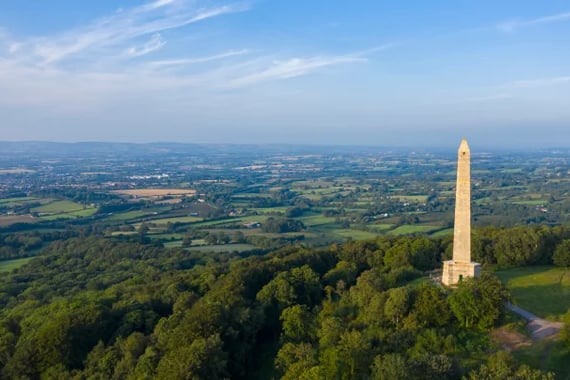
It marks a significant milestone for the UK and the next step in fully realising the National Landscapes’ vision to be the leading exemplars of how thriving, diverse communities can work with and for nature, restoring ecosystems, providing food, storing carbon to mitigate the effects of climate change, safeguarding against drought and flooding, and nurturing people’s health and well-being.
National Landscapes teams have been at the forefront of delivering natural solutions to the main challenges facing the nation for many years.
The new brand underscores their commitment to redoubling efforts and engaging with a wider audience.
Their aim is that by 2030 National Landscapes will have some of their most valuable areas within their boundaries equivalent in size to one-and-a-quarter times that of London designated as being ‘in favourable condition’.
Another 250,000 acres of wildlife-rich habitat should by then have been created or restored - roughly nine times the size of Manchester - and 90,000 acres of woodland, a little smaller than the Isle of Wight, will have been planted or allowed to regenerate.
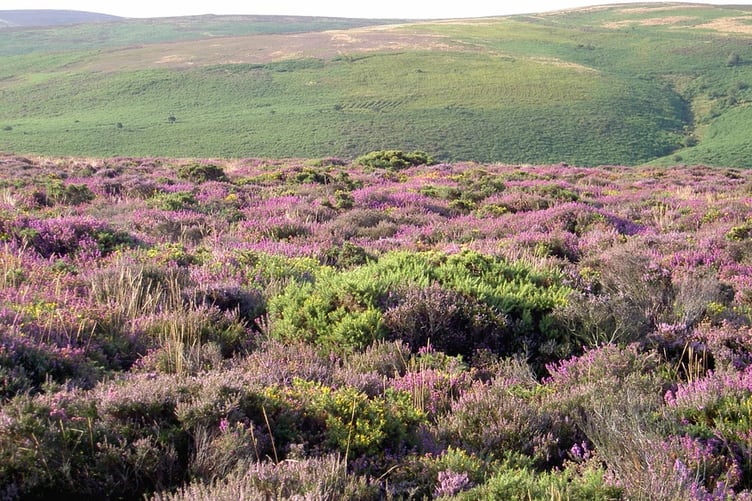
National Landscapes partnerships will also focus on habitat restoration to ensure the protection of some of the UK’s most endangered species and increase work to help more people to enjoy time spent in beautiful places.
Somerset Council executive Cllr Dixie Darch said: “The names may be changing but these remain the same beautiful spaces that residents have enjoyed for many years and are so important to Somerset’s identity.
“However, they are not just wonderful places to enjoy, these landscapes have an important role to play in addressing the causes and impacts of climate change and that is reflected in this new status.
“We will be working closely with colleagues to see how these spaces and their enhanced status can complement and support wider council-led work such as our tree strategy and Somerset’s Local Nature Recovery Strategy.”
National Landscapes Association chief executive John Watkins said: “For decades, AONB teams have convened powerful partnerships which have placed them at the forefront of the fight against climate change and biodiversity loss.
“But since their initial designation, our country has changed immensely, as have the needs and pressures on the environment and communities.

“However, we have great ambition as well as the commitment and readiness to care for and protect these important places, while also extending a welcome to more people.
“Our ambitious aims build on AONB teams’ long track record of successful delivery for nature and people, and we are confident that we will achieve them.
“National Landscapes are the landscape designation for the 21 century and beyond.”
Natural England chairman Tony Juniper said: “For decades the AONBs have helped protect the beauty of our finest landscapes.
“Today, though, we need so much more from these wonderful places, helping us adapt to climate change, catching carbon, restoring depleted wildlife, and encouraging more people outside at the same time as producing food, sustaining local communities, and enhancing historic environments.
“Modern challenges require new approaches and today marks the beginning of a new phase for our National Landscapes, as they strengthen their existing partnerships and forge new ones that will secure in perpetuity the huge range of benefits that come from these special places.
“Big change has taken place during the past 75 years and bigger changes still can be expected during the decades ahead.
“Uniting the National Landscapes in this way is very welcome and spells immense opportunity and great hope for the future.”
The UK has 46 National Landscapes covering 14 per cent of England, Wales, and Northern Ireland, including moorland, farmland, coast, forests, UNESCO World Heritage Sites, biosphere reserves, a geopark and International Dark Sky Reserves.
They are the UK’s ‘nearby countryside’ with 66 per cent of people in England living within 30 minutes of a National Landscape and at least 170 million people who visit them every year.
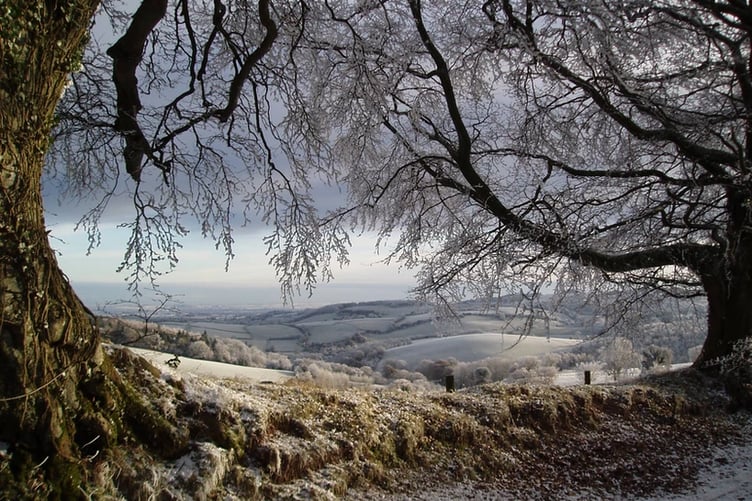
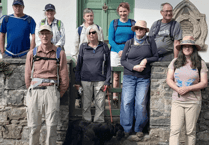


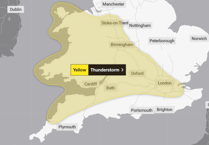
Comments
This article has no comments yet. Be the first to leave a comment.